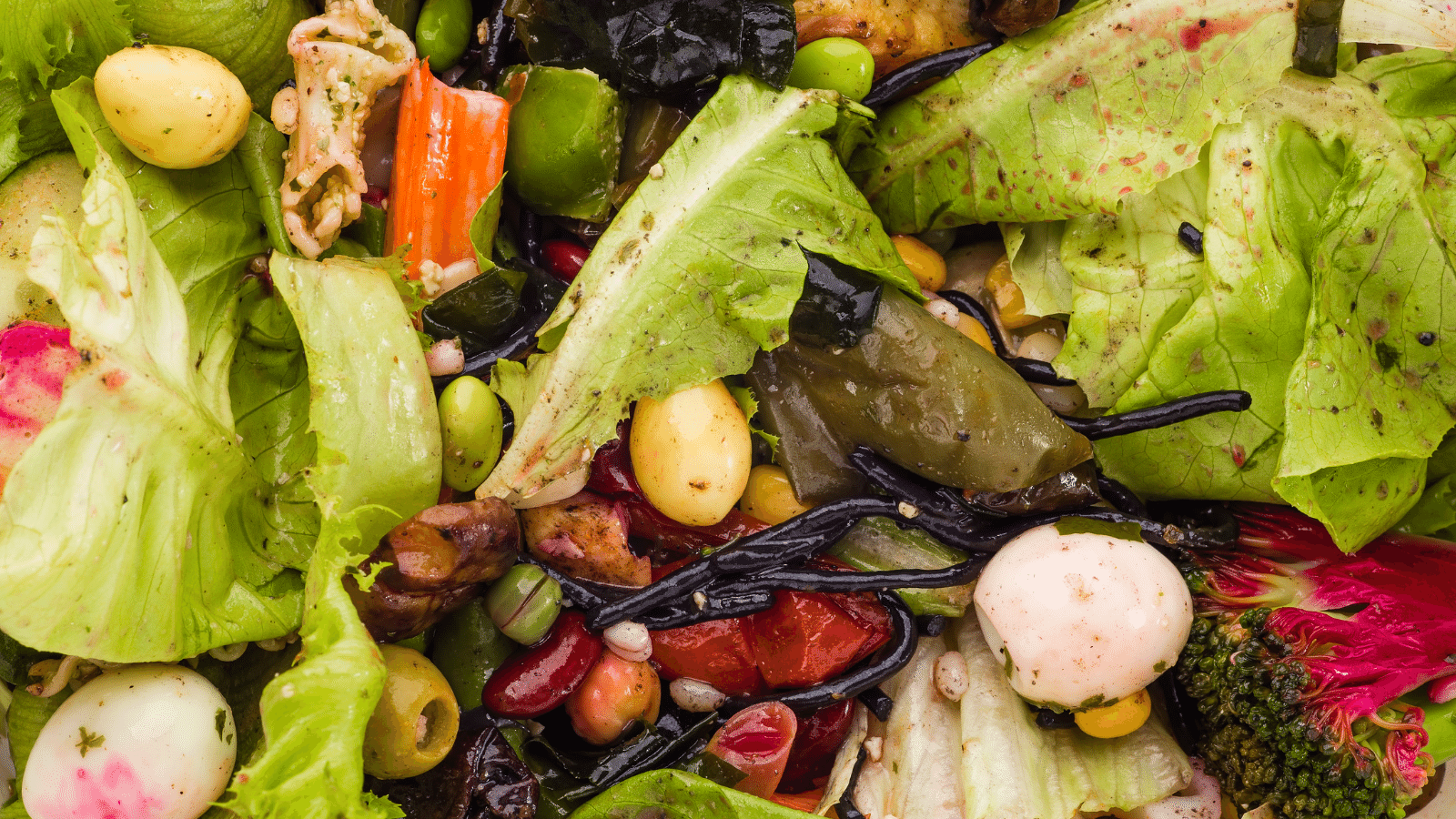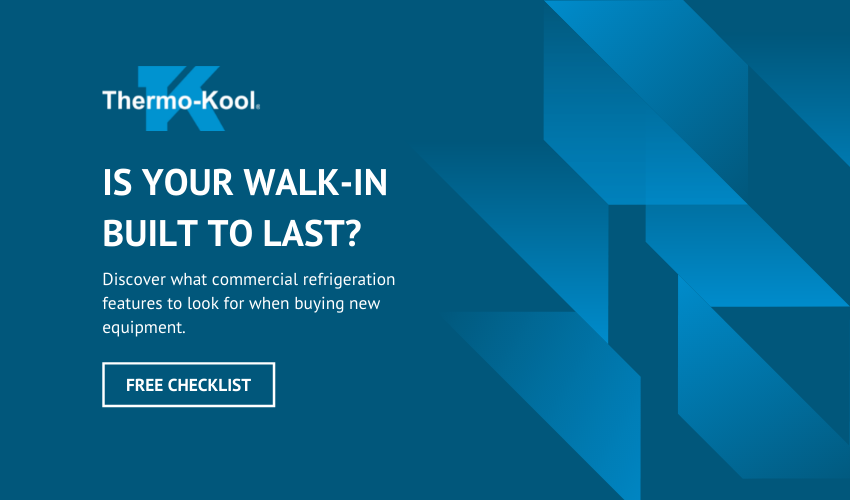
The United States wastes roughly 40 million tons of food per year. That comes to about $160 billion in food loss, about a third of our food supply. That's more than any other country in the world. And as a result, food takes up more space in landfills than anything else in the country. Food waste is so astronomical that the USDA created the U.S. Food Loss and Waste 2030 Champion Program for businesses and organizations to join to reduce food loss in America by 50 percent by 2030.
The Problem of Energy and Food Waste
Why does food go to waste when approximately 50 million people suffer from food insecurity? For one thing, many people don't understand expiration labels on food. The various "expires on," "sell by," "best before," etc. labels confuse people. And not many people know these dates are only estimates, nor do they know how to discern when food has gone bad. Many foods become harmful because they reach the food Danger Zone. Proper protocols for how food is handled, along with the proper commercial refrigeration, can help.
Much of food waste in foodservice comes from refrigeration malfunction. So much can go wrong. Doors to restaurant walk-in freezers and coolers are sometimes propped open or closed improperly, which offsets the delicate temperature balance of the cooling system. Power outages that aren't caught immediately can also destroy entire inventories. And uneven temperatures in cooling units are another threat to a foodservice business's supply.
Importance of Temperature and Humidity Control in Food Storage
Proper commercial refrigeration and freezing systems are crucial to foodservice operations. They protect the health and safety of consumers first and foremost, but they also impact a restaurant's bottom line by preventing needless inventory loss. However, it's a massive responsibility to constantly monitor temperatures and the proper working order of refrigeration equipment. Even the most diligent operation can suffer from human error. What is the best solution? An automated monitoring system.
Automate Temperature Monitoring and Save Money
Thermo-Kool's Walk-In Monitor System sets off alarms and sends notifications that can be received via smartphone whenever a problem arises. That could include because temperatures become too high or too low, when a door is left ajar, or when there is a power failure. No one can monitor their commercial refrigeration 24 hours a day, 7 days a week, so automation can help. The Walk-In Monitor System takes over, so foodservice operators don't have to worry about protecting their food inventory, even in the worse circumstances. There's also the added protection of having HACCP requirements automated to log asset temperature data, food temperature data, and Standard Operating Procedures (SOP).
Does your foodservice business's refrigeration system have the features needed to help prevent food waste? Download our free checklist to find out.
